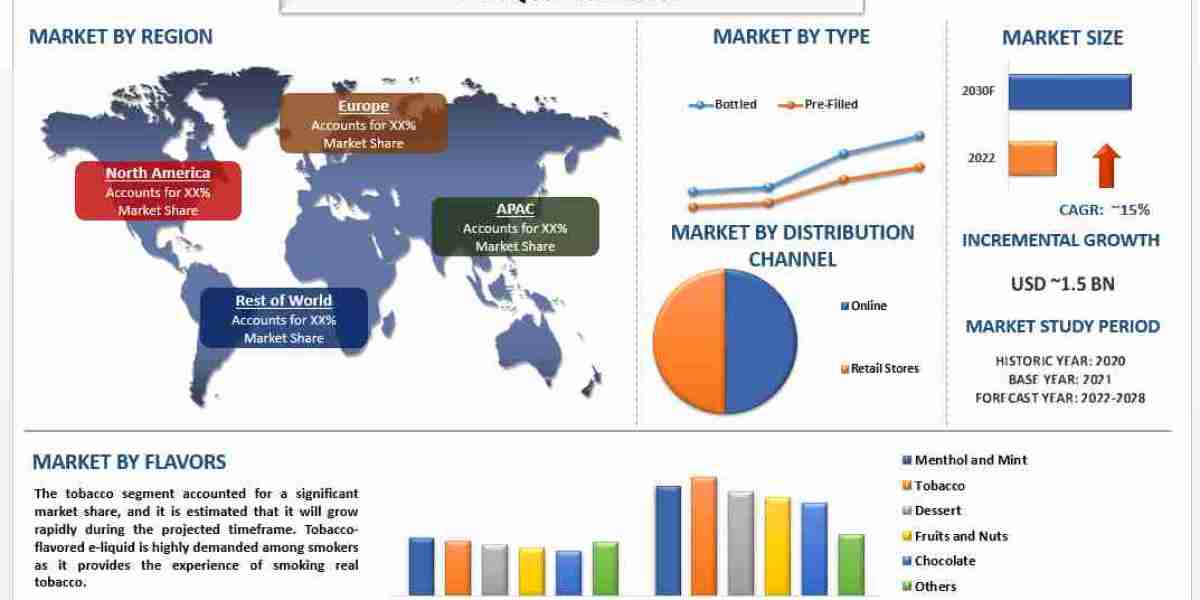While the telehealth market has witnessed rapid growth in recent years, fueled by technological advancements and an increasing demand for remote healthcare services, it still faces several significant restraints that can impact its widespread adoption and effectiveness. Understanding these challenges is essential for addressing the limitations and realizing the full potential of telehealth in transforming healthcare delivery. This article explores the key restraints in the telehealth market, including regulatory issues, data security concerns, infrastructure limitations, and other barriers to market expansion.
1. Regulatory and Legal Barriers
One of the most significant barriers to the telehealth market’s growth is the complex regulatory landscape. In many countries, telehealth services face stringent regulations related to licensing, insurance reimbursement, and patient privacy, which vary from region to region. For instance, healthcare providers may be required to hold specific licenses to offer telehealth services across state or national borders, limiting their ability to serve patients in other areas.
In the U.S., regulations surrounding reimbursement for telehealth services have been evolving. While telehealth reimbursement policies were expanded during the COVID-19 pandemic, there remains uncertainty regarding whether these changes will become permanent. Furthermore, healthcare providers must ensure they comply with privacy regulations such as HIPAA (Health Insurance Portability and Accountability Act) when handling sensitive patient data, which complicates the provision of remote care.
These regulatory complexities can hinder the scaling of telehealth services, as providers must navigate various legal requirements in each jurisdiction they operate within, adding to administrative costs and compliance burdens.
2. Data Security and Privacy Concerns
Data security is a top concern for both patients and healthcare providers when it comes to telehealth. With the increased use of digital platforms to collect and transmit patient data, the risk of cyberattacks, data breaches, and unauthorized access to sensitive health information has risen significantly. In many cases, healthcare organizations are not fully equipped to manage the cybersecurity risks that come with telehealth platforms.
Patients are often hesitant to share personal health information through digital channels due to concerns about privacy. Healthcare providers also face challenges in ensuring that their telehealth platforms comply with data protection regulations such as GDPR (General Data Protection Regulation) in Europe and HIPAA in the U.S. As data privacy becomes an even more significant concern, telehealth providers must invest in secure technologies and protocols to protect patient information and maintain trust.
3. Limited Internet and Technological Infrastructure
The widespread adoption of telehealth is contingent upon reliable internet access and the availability of the necessary technological infrastructure. In many regions, especially rural or underserved areas, internet connectivity remains poor or unavailable. The lack of high-speed internet in these areas can make it difficult for patients to access telehealth services, leading to disparities in healthcare access between urban and rural populations.
Moreover, the technology required for telehealth services—such as mobile devices, computers, and specialized software—may not be readily available to all patients or healthcare providers, especially in low-income settings. This technological divide creates inequalities in the ability to access remote healthcare services and can prevent certain groups of people from benefiting from telemedicine advancements.
4. Resistance to Change Among Healthcare Providers
Another barrier to the telehealth market’s growth is the resistance to change among healthcare providers. Many healthcare professionals are accustomed to traditional in-person consultations and may be reluctant to adopt telemedicine practices due to unfamiliarity with the technology, concerns about the effectiveness of remote care, or the perceived complexity of integrating telehealth into their existing workflows.
Furthermore, the lack of training and support in telehealth technology can make it challenging for healthcare providers to deliver high-quality care remotely. In some cases, there may also be concerns about the reimbursement rates for telehealth services, which could make providers hesitant to invest in the necessary tools or infrastructure for remote care.
5. Financial Barriers and High Costs
Although telehealth is generally considered a cost-effective solution for healthcare delivery, there are still significant financial barriers that may limit its adoption. For healthcare providers, the initial setup costs for telehealth platforms—such as purchasing software, upgrading systems, and training staff—can be high. In addition, maintaining secure and reliable telehealth systems requires ongoing investment in cybersecurity and technical support.
For patients, while telehealth can reduce transportation costs and time off work, it may still be expensive, particularly if insurance coverage for remote care is limited or unclear. In some regions, the high cost of internet access or mobile data can also create barriers for patients seeking telehealth services, especially those from lower-income backgrounds.
6. Lack of Personal Connection and Trust
One of the most significant concerns expressed by both patients and healthcare providers regarding telehealth is the lack of personal connection that in-person visits offer. Patients may feel that virtual consultations are less intimate or that healthcare providers cannot accurately assess their conditions without physically examining them. This perceived lack of rapport and trust may deter some individuals from fully embracing telehealth as a reliable healthcare solution.
Additionally, healthcare providers may feel uncertain about the quality of care they can provide remotely, especially when diagnosing or treating more complex conditions. The absence of direct physical examination can make providers more cautious, and some may prefer to rely on traditional in-person interactions for better patient outcomes.
7. Limited Telehealth Integration with Traditional Healthcare Systems
Telehealth services often operate as standalone solutions that may not be fully integrated with traditional healthcare systems. This lack of integration can lead to fragmented care, where patient information is siloed between telehealth platforms and in-person visits, making it more challenging for healthcare providers to coordinate care effectively. For example, if a patient receives telehealth treatment for a condition and later seeks in-person care, the healthcare provider may not have access to the telehealth records, which can hinder the continuity of care.
Conclusion
While the telehealth market holds significant potential for revolutionizing healthcare, several restraints must be overcome to ensure its widespread adoption and effectiveness. Regulatory barriers, data security concerns, technological limitations, and resistance from healthcare providers are just a few of the challenges that need to be addressed. As the telehealth industry continues to grow, stakeholders must collaborate to tackle these issues and create a more supportive environment for telemedicine adoption. By overcoming these barriers, the telehealth market can unlock new opportunities for accessible, efficient, and high-quality healthcare delivery, benefitting patients and providers alike.




